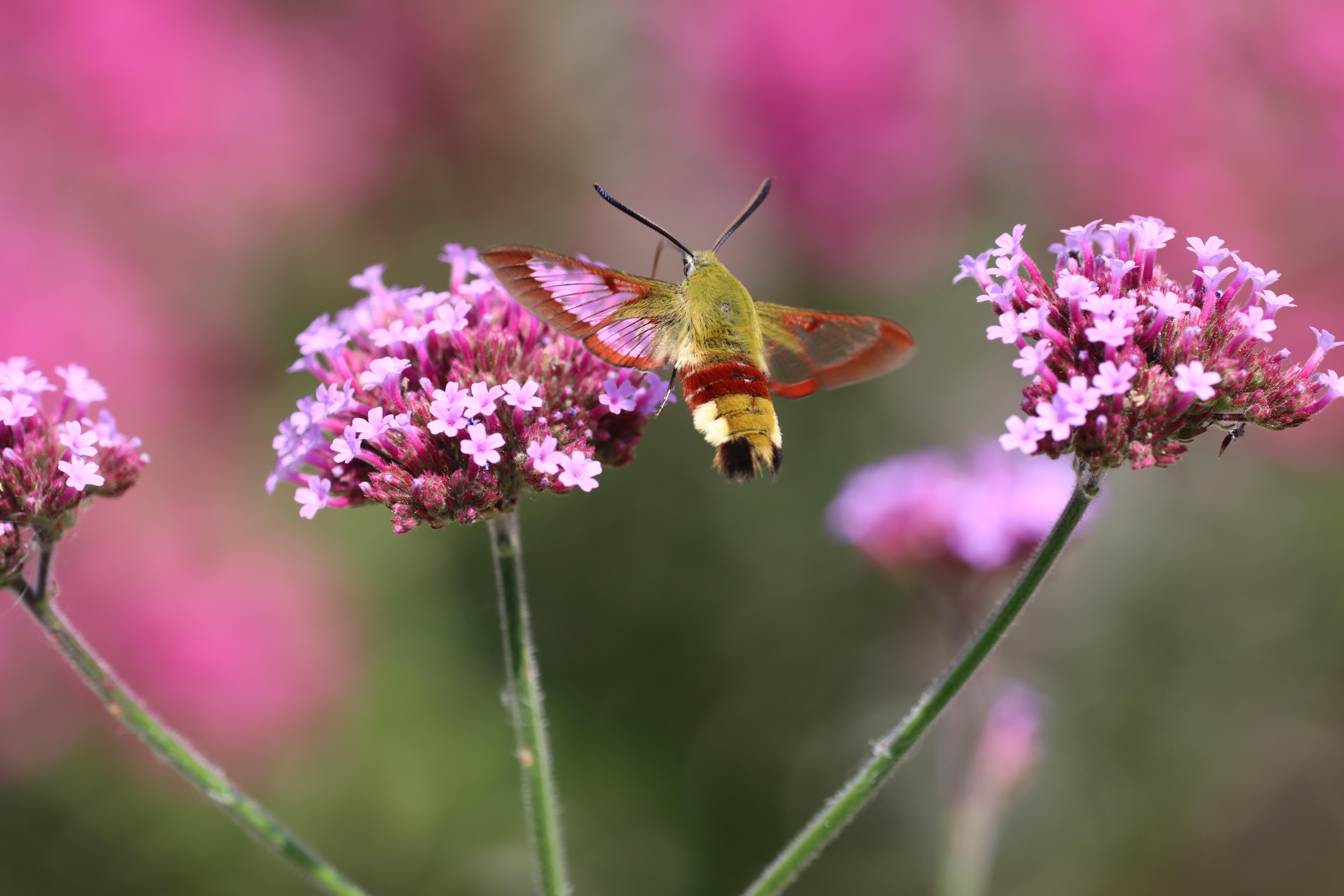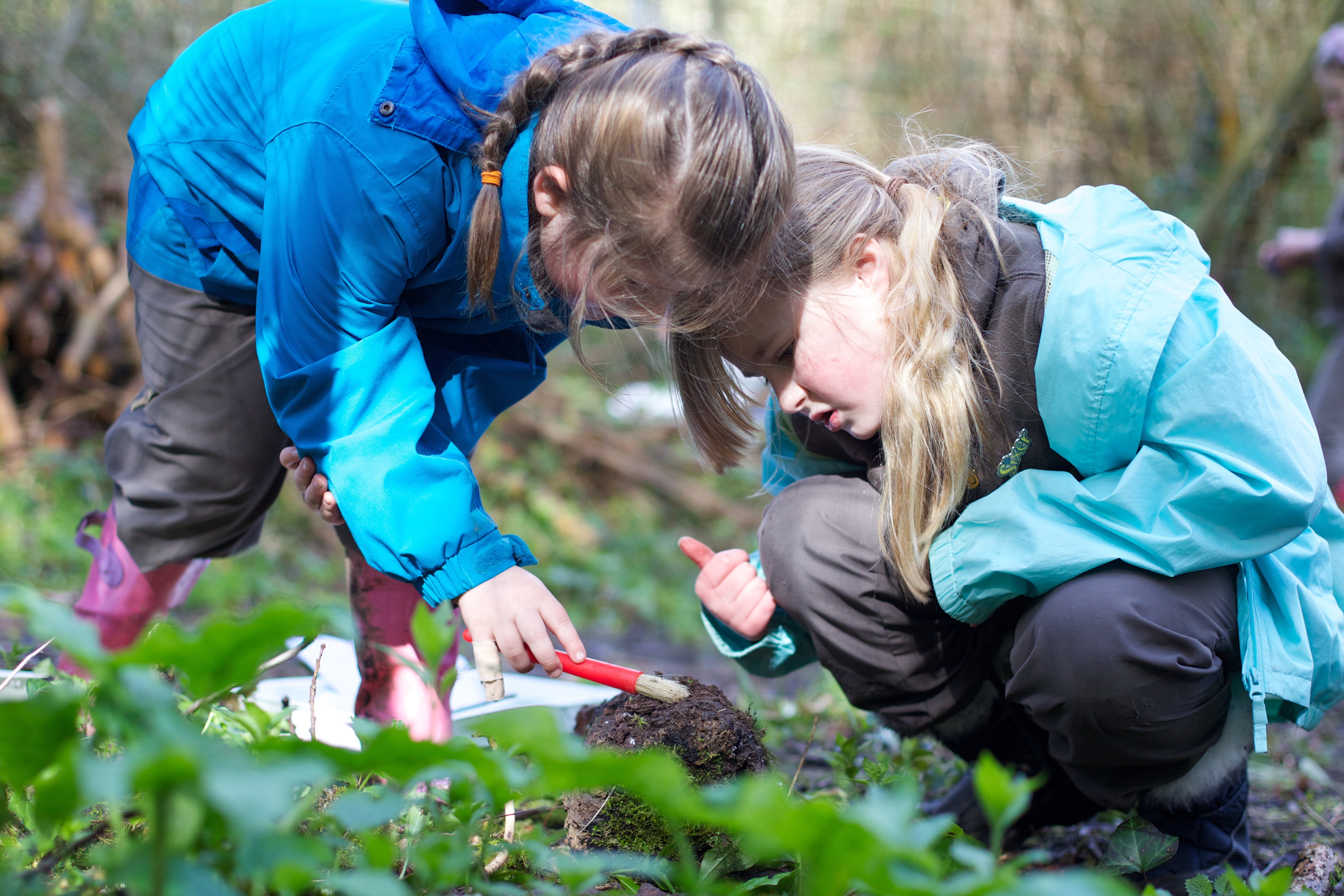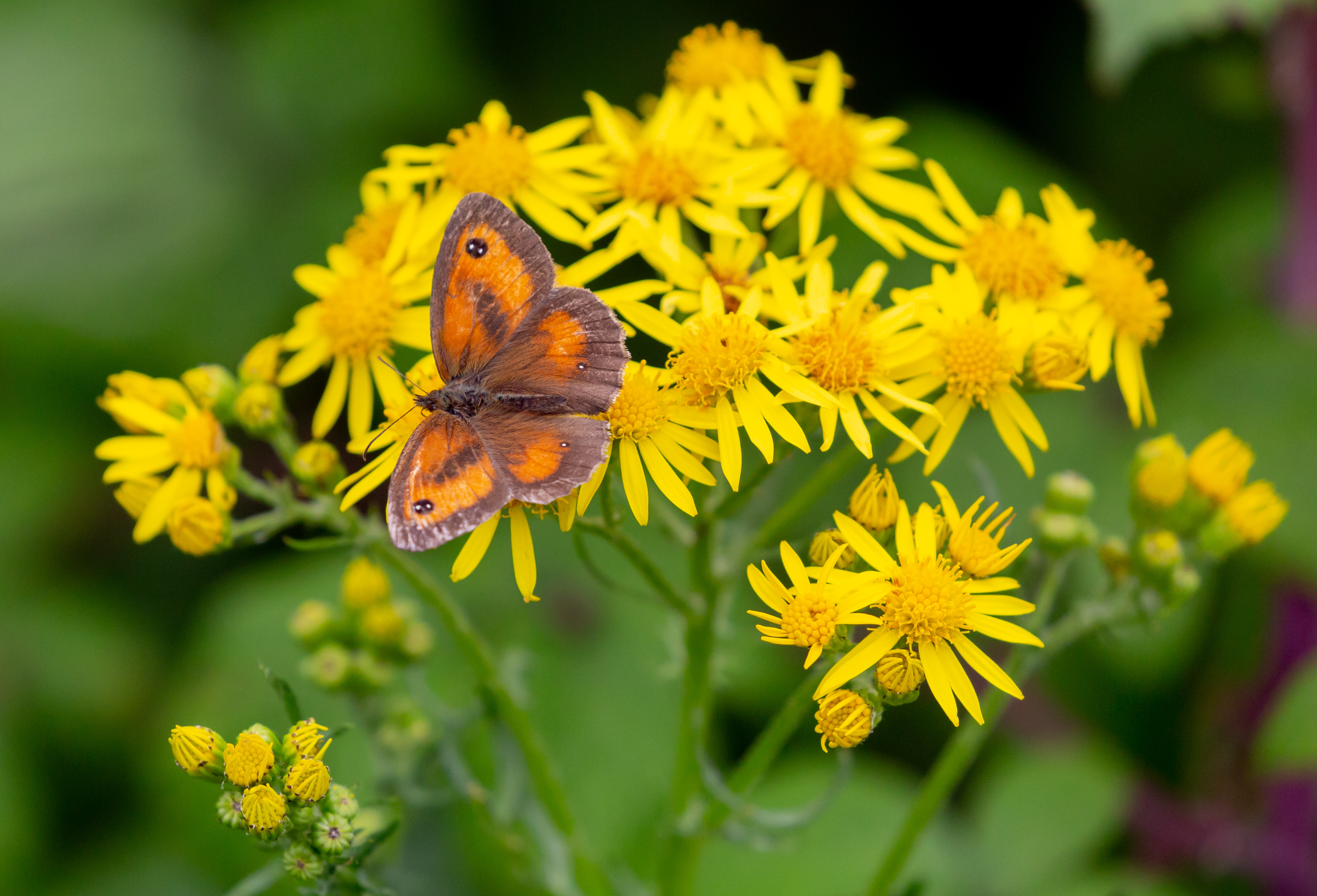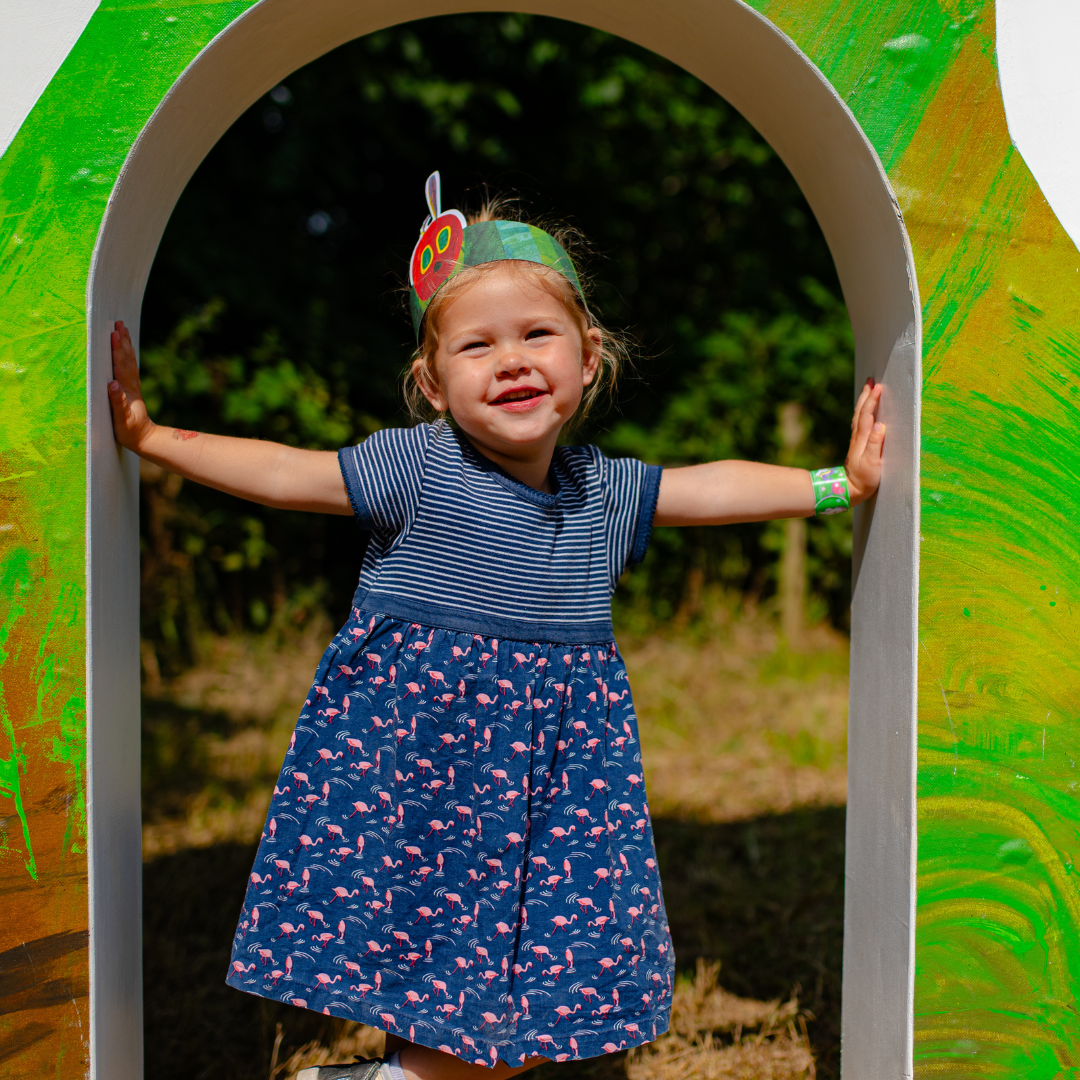
How to help very hungry caterpillars and butterflies at home
Posted on: 3 August, 2023
The Very Hungry Caterpillar Trail is at Bristol Zoo Project this summer, but what can you do to help real-life caterpillars and butterflies?

Here are 5 fun ideas to try:
1 Got a garden? Make it a butterfly haven
Choose nectar rich plants like lavender, buddleia, marigold, cornflower, verbena and flowering ivy for your flowerbeds. Make sure there’s something flowering in your garden from early spring right through to autumn to give butterflies a continuous feast! Avoid using pesticides in your garden if you can, as they’re harmful to all wildlife.
2 No garden? Make a snack station on your doorstep
You can still provide tasty plants for butterflies even without a garden! Putting pots of nectar-rich plants on your windowsills or doorsteps is a great way to help. Edible herbs like marjoram, thyme and sage are all great food for butterflies and yourself. In urban areas without gardens, flowerpots and even window boxes are very helpful to insects. Think how our cities would bloom if everyone did this!

3 Join in a BioBlitz or citizen science project
There’s still time to take part in citizen science project the Big Butterfly Count! Spend 15 minutes watching a sunny spot and count how many different butterflies you see. It ends on Sunday, so be quick! Submit your results to Butterfly Conservation’s website here.
You could also join your local wildlife group and see what you could help them with — you could help with wildlife surveys, removing harmful invasive plants or litter picking.
4 Let your lawn grow long… or ask your council to let their grass grow!
If you have a garden, letting your lawn grow long is a brilliant thing to do for wildlife. Grasses grow and flower, providing food for insects. If you can resist the lawnmower, mow just once a year at the end of summer. If you’re not ready to commit to a fully wild garden, leave one patch long all-year round and mow the rest as normal.
No garden? Write to your council and ask them to leave verges and the edges of local green spaces growing freely for wildlife.
5 Build a bug hotel
Butterflies, moths, bees and other insects will all appreciate a bug hotel, whether it’s in a blooming garden or by doorstep or windowsill flowerpots. There are loads of guides online to get you started — building one is a great craft project for kids and very rewarding when you see your first insect move in! There are plenty of wild butterflies to spot this summer at Bristol Zoo Project, thanks to the way we manage the site for wildlife. You can spot the butterflies and enjoy The Very Hungry Caterpillar Trail on your next visit! Wind your way through the giant apple and pear archways and climb through the plum tunnels. Finish the trail in Tower Meadow where you’ll find giant cocoon swings and a caterpillar slide.
There are plenty of wild butterflies to spot this summer at Bristol Zoo Project, thanks to the way we manage the site for wildlife. You can spot the butterflies and enjoy The Very Hungry Caterpillar Trail on your next visit! Wind your way through the giant apple and pear archways and climb through the plum tunnels. Finish the trail in Tower Meadow where you’ll find giant cocoon swings and a caterpillar slide.

Book tickets to Bristol Zoo Project now
Want to help wildlife further? Donate to the Recover Local Nature Appeal. Find out more about the appeal here.
Bristol Zoo Project is part of Bristol Zoological Society, a conservation and education charity. Every visit supports our conservation work in the UK and around the world.

